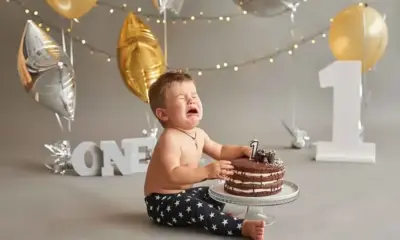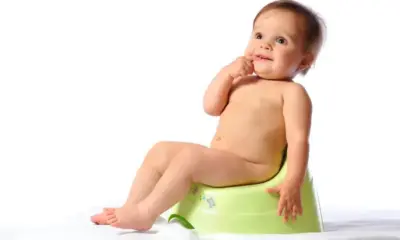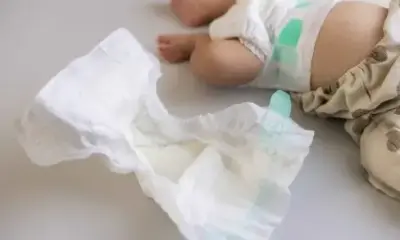Health & Wellness
Brushing Baby Teeth: When to Start and How to Do It Right

Keeping your baby’s mouth clean builds healthy habits early. Brushing baby teeth starts before the first tooth even erupts.
Why Early Oral Care Matters
Even before teeth show, your baby’s gums need care. Gently clean their gums with a damp cloth after feedings.
This routine keeps bacteria away and helps your baby get used to oral hygiene. As the first tooth appears, it’s time to begin brushing.
Baby teeth matter more than you think. They help with chewing, speaking, and guiding adult teeth into position.
Caring for them early prevents future dental issues. Brushing baby teeth sets the foundation for a lifetime of oral health.
When Should You Start?
Start brushing as soon as the first tooth breaks through—typically between 6 and 10 months of age.
Use a baby toothbrush with soft bristles and a small head. Clean teeth twice a day, especially before bedtime.
Before teeth arrive, gently wipe gums with a clean cloth. Once teeth emerge, introduce a soft brush.
Finger brushes are great for babies who squirm or resist brushing.
Choosing the Right Toothbrush and Toothpaste
Pick a toothbrush designed for infants with soft bristles and a small head. Avoid rough textures that might hurt delicate gums.
Some dentists recommend surround brushes that clean all sides of teeth at once.
Toothpaste should be fluoride-based and used in tiny amounts. Under age 3, use a smear smaller than a grain of rice.
At ages 3 to 6, use a pea-sized amount. Teach your child to spit out the toothpaste, not swallow it.
Even if they can’t spit yet, brushing with a tiny amount of fluoride toothpaste helps protect against cavities.
Avoid rinsing with water so fluoride continues to shield their teeth after brushing.
What About Fluoride?
Most dentists support fluoride toothpaste for babies. The American Academy of Pediatric Dentistry encourages its use as soon as teeth appear.
However, some experts suggest waiting until age 2. Talk with your doctor about what’s best for your baby.
Also, check if your tap water contains fluoride. This helps protect teeth, even before brushing begins.
How to Brush Baby Teeth
Here’s a step-by-step method to keep things simple and fun:
Step-by-Step Guide:
- Wet the toothbrush to soften the bristles.
- Add the right amount of toothpaste.
- Hold the brush at a 45-degree angle.
- Brush gently in circles across every tooth.
- Focus on front, back, and chewing surfaces.
- Brush for two minutes—or about 5 seconds per tooth.
- Encourage spitting but don’t rinse.
- Wash the brush and let it air dry upright.
Make brushing fun with a favorite song or timer. This helps your child stay engaged and builds a routine.
Other Important Tips
- Replace toothbrushes every 3 months or sooner if worn.
- Start flossing once two teeth touch.
- Use rewards or games to encourage cooperation.
- Stay consistent—even if your baby resists at first.
When to Visit the Dentist
Schedule your baby’s first dental visit by age 1. Pediatric dentists provide guidance and spot potential problems early.
During the visit, expect discussions on brushing, diet, fluoride use, and thumb-sucking habits.
A good dentist answers all your questions. They help you stay on top of your baby’s dental development.
Early visits create a positive relationship between your child and dental care.
Explore more parenting and baby health tips right here on our website.












